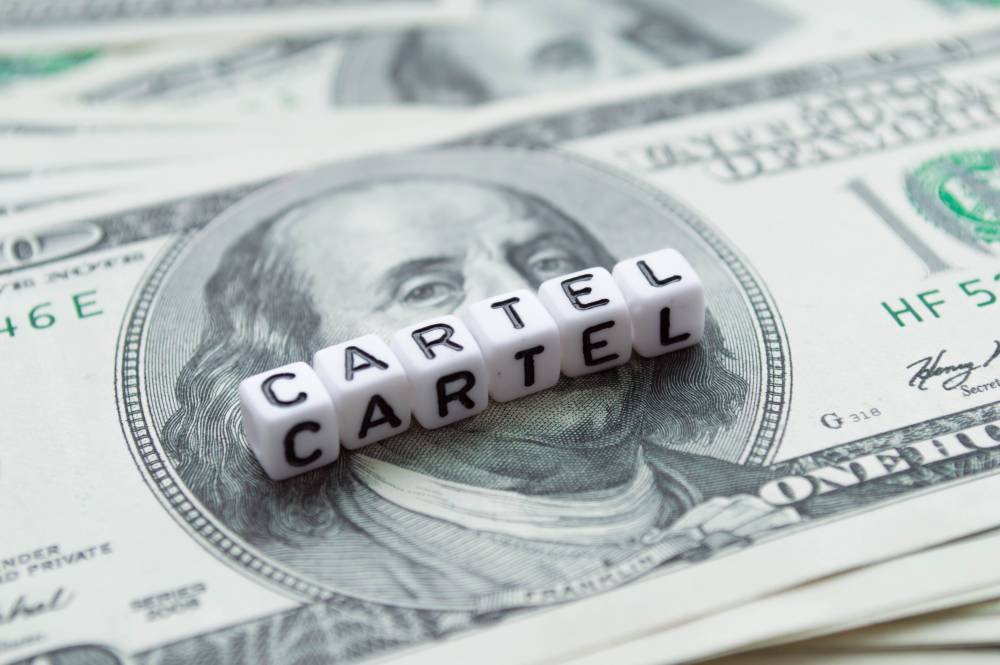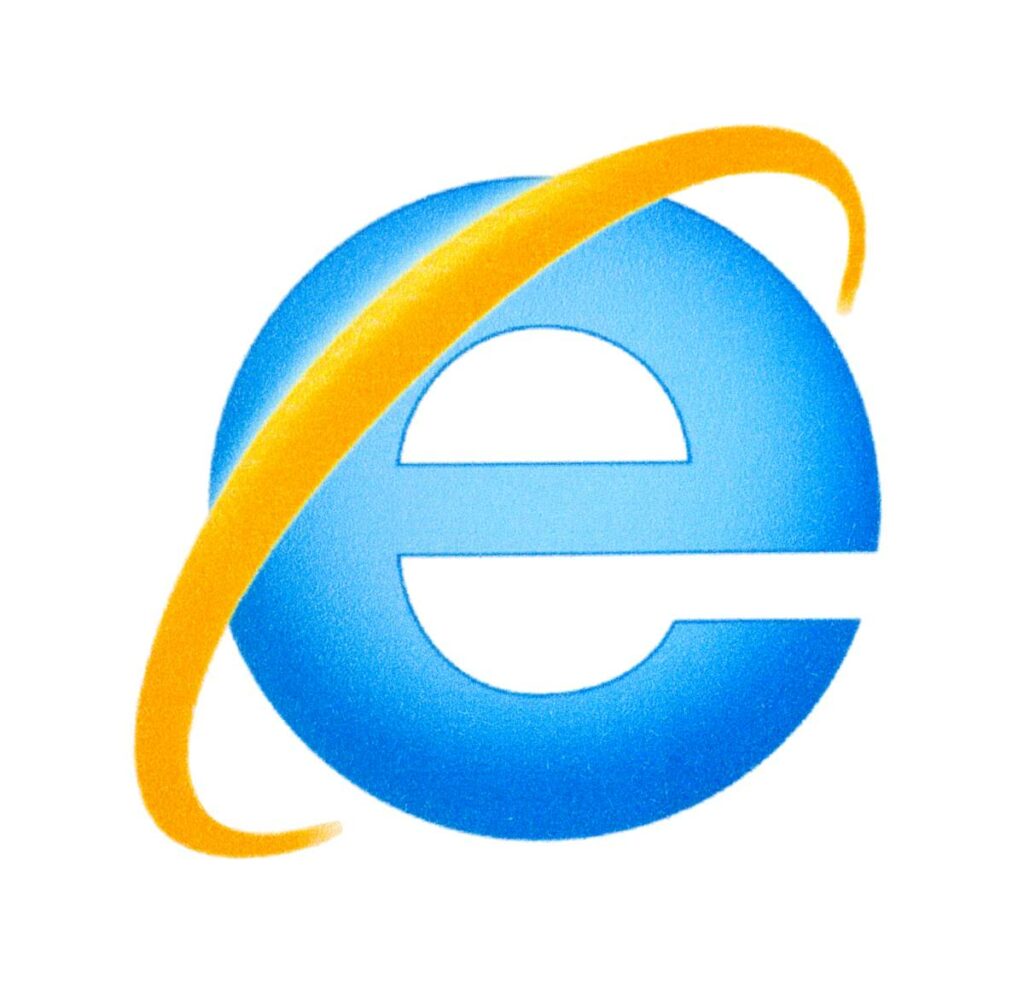- +352 444 222
- Monday-Friday 12:00-18:00
- 20, avenue Marie-Thérèse, 2132 Luxembourg


The scale of drug trafficking in Latin America is well known. Many countries are affected by this scourge, including Colombia, Mexico, Ecuador, Venezuela and Honduras. The narco-economy is flourishing and has a real impact on the region’s activities. In this sense, a French parliamentary report estimates that 10 to 12 billion dollars are collected by criminal groups for cocaine alone1)https://www.senat.fr/compte-rendu-commissions/20200615/mi_guyane.html. In addition to the economic impact, traffic also has a definite impact on the daily lives of local residents. It considerably increases the problems of insecurity, making Latin America one of the most violent areas on the planet2)https://www.lenouvelliste.ch/articles/monde/criminalite-l-amerique-latine-est-la-region-la-plus-violente-du-monde-803817.
The scale of this phenomenon has led the cartels to look for ways of laundering the money earned illegally. To this end, several means have been envisaged, such as the use of “dirty gold” or the system of loans to individuals. Thus was born the “drip” loan, also known as the “Chulcho” or “Pagadiario”.
From the 1990s onwards, “drip” lending developed in Medellin, Colombia, then in the major Colombian drug strongholds of Cali, Eje Cafetero and Bogotá. It wasn’t until the 2000s that the practice spread to the rest of Latin America: first to Ecuador, then to Peru, and finally to Brazil, Nicaragua, Panama and finally Uruguay3)https://www.elpais.com.co/especiales/gota-gota-america-latina/. 16 Latin American countries now report the existence of this phenomenon on their territory4)https://www.courrierinternational.com/long-format/amerique-latine-le-goutte-goutte-ou-les-prets-mortels-des-cartels. This expansion is due to a number of factors, including persistent social inequalities in the region, a poorly functioning judicial system, low levels of personal banking and the creation of a well-established loan system5)https://www.bbc.com/mundo/noticias-america-latina-37708989.
The “drip” loan is an informal loan offered to individuals in urgent need of cash to cover a debt or make a major purchase.
To gain a better understanding of this lending system, a report by Data Crédit Experian, a credit information center in Colombia and Peru, attempted to establish the most common characteristics of these loans6)https://www.lafm.com.co/economia/cuantos-colombianos-acuden-al-gota-gota:
Most loans are contracted as follows:
It has the advantage of being obtained quickly and without prior examination of the borrower’s situation. However, this shadow system does not offer the same guarantees as loans taken out through the traditional banking system, and is not subject to any government supervision. These are highly unstable loans: interest rates are not capped, can change over time and remain very high. For example, for a $1 million loan taken out over a period of one year, it is estimated that a conventional consumer credit offered by a bank will cost $1.1 million, compared with $2.2 million for an informal credit8)https://www.sabermassermas.com/los-peligros-de-los-prestamos-gota-a-gota/. What’s more, if the debt is not honored or the expected interest is not repaid, debtors are threatened, psychologically or physically attacked.
The origin of the money quickly raised questions. Investigations are underway to determine this, but the strongest hypothesis is that it came from drug trafficking. According to Andrés Nieto, a national security researcher at the University of Bogotá, ” the sums involved in the ‘drip’ are so large that one can only make the connection with the profits from drug trafficking “9)https://www.courrierinternational.com/long-format/amerique-latine-le-goutte-goutte-ou-les-prets-mortels-des-cartels. What’s more, numerous drug trafficking bust-ups have demonstrated the link between the two economies. These include the arrest of Alexander Montoya Usuga, the main man behind the Los Urabeños criminal gang. The investigation showed that this organization, whose main activity was drug trafficking, laundered money through loansharking10)https://www.elpais.com.co/especiales/gota-gota-america-latina/.
It should be pointed out that the “drip” loan appears to be an interesting system for laundering drug money. Although it’s impossible to say with any certainty the scale of the phenomenon, the University of Bogotá has revealed that the system is capable of generating almost one million dollars (850,000 euros) a day11)https://www.courrierinternational.com/long-format/amerique-latine-le-goutte-goutte-ou-les-prets-mortels-des-cartels.
What’s more, new technologies have made this system even more attractive by making it easier to collect the money lent. Brazil acts as a testing ground for the use of these technologies in loan-sharking. The gangs even have their own apps for collecting digital payments such as CobrarApps, PagAppdiario, Vendama, Optimus and PrestamistApp12)https://www.elpais.com.co/especiales/gota-gota-america-latina/brasil-gota-gota-america-latina/. Surprisingly, these are open-source applications, which can be downloaded directly from Play Store. They include all transaction details (debtor’s identity and address, amount paid, outstanding capital, etc.). The money in the application is deposited in a Western Union account or in the peso account of a Colombian bank13)Courrier International, “Les applis du blanchiment”, no. 1567, November 12-18, 2020. These software programs, which are easily accessible, enable network managers to verify the actions of collectors and secure payments. Indeed, even if the collector or gang leader is arrested, the money is still in the system, as the application contains all the information required for its recovery.
In the beginning, the “trickle collectors” were poor, unemployed young Colombians. Enrolled by the cartels, sometimes by force, they were lulled into believing that they would find better prospects for themselves and their families, without knowing what role they would be offered. They’ve left home far behind, sometimes traveling to several Latin American countries in search of a better future. Once there, the dream often turned into a nightmare. Their passports were confiscated and they were forced to perform their new duties as collectors, under threat of reprisals against their families. In order to get their passports back, they also had to pay back interest rates similar to those linked to the “drip” loan 14)https://www.elpais.com.co/especiales/gota-gota-america-latina/
Several countries in the region have described these acts as human trafficking. A number of emergency repatriations were carried out to evacuate young collectors who had been threatened with death in the countries to which they had been sent. Some of them put an end to their day, seeing no alternative way out of the network. An estimated forty of them have died in recent years.
This system is a trap for the poorest people. In fact, this loan is mainly taken out by street vendors, small-scale workers, isolated housewives and small shopkeepers. An accident in life, an illness or a business mishap can lead to the need for an emergency loan to avoid bankruptcy. However, they are sometimes unable to access the loans offered by the traditional banking system. Latin America has a very low rate of banking inclusion. In its latest report on banking inclusion, the Central Bank of Peru estimates that by 2020, only 74% of the adult population will have access to a banking service, and only 28% will be able to obtain a loan. This loan system is then seen as the only solution left.
In fact, unlike traditional loans, as mentioned above, drip financing is not conditional on repayment capacity or the existence of a guarantor. Lenders only need to know the debtor’s address and family background. In this way, they can retaliate to obtain the expected reimbursement. Physical and moral violence is the assurance that the money won’t be lost.
Nearly 300 people have been murdered in the region for failing to repay their loans. To which must be added 152 deaths for which the circumstances have yet to be determined15)https://www.elpais.com.co/especiales/gota-gota-america-latina/. Some give in under pressure and end their lives. One such case deeply shocked Colombia in 2019. Her name was Paola Moreno Cruz, and she was only 32. Desperate to repay her 40% loan, she threw herself off a 100-meter viaduct, in front of her 10-year-old son16)https://www.bbc.com/mundo/noticias-america-latina-47157801.
Fighting this illegal lending system is no easy task. The difficulty lies mainly in the fact that this system is eminently transnational. Bosses can quickly cover their tracks by choosing to set up in a particular city, or by making collectors disappear by sending them to different countries. Aware of the need to combat the expansion of this system, the nations of Latin America met in Puebla, Mexico in 2017.
Secondly, traffic managers are very cautious. In an interview with the Connectas newspaper, Roberta, a young Colombian who used to work in the “drip” business, points out that “there are secure sites on which the same operators always work, without ever exceeding the 30,000 reais ceiling for authorized fund transfers“17)https://www.elpais.com.co/especiales/gota-gota-america-latina/brasil-gota-gota-america-latina/. These low-value transactions seem almost undetectable by traditional banking filtering systems.
Several solutions have been put forward, but remain insufficient. The aim is to strengthen cooperation between the various countries involved in the fight against this type of crime. Today, however, the focus seems to be on prevention. Banks and public authorities have run shock prevention campaigns to highlight the dangers of the system. By way of example, the Mexican Citizens’ Council has set up a display system in 439 marketplaces highlighting the risks of such a system. They also created a credit system for the poor, enabling them to benefit from interest-free loans. In Peru, a campaign called #NoPrestesTuVida has been launched to dissuade citizens from resorting to such practices.
Despite these major risks and alarming facts, drip lending continues unabated. On the contrary, it takes advantage of the South American system and its persistent high levels of inequality to continue expanding. It is even beginning to develop across the Atlantic, in Spain18)Courrier International, “Les applis du blanchiment”, no. 1567, November 12-18, 2020. If this trend is confirmed, the question of its impact on our society will legitimately arise. Indeed, if this system is to be implemented in the European Union, it will first be necessary to raise public awareness of the dangers associated with this phenomenon through major forecasting campaigns. But this also means that companies subject to the law have to adapt their LCB-FT policies to include this new risk of money laundering linked to drug trafficking. However, it has to be said that the main vectors for perpetuating this phenomenon are fewer within the European area, in particular banking inclusion, which is a real socio-economic issue within the European Union19)https://www.tresor.economie.gouv.fr/banque-assurance-finance/inclusion-bancaire. By way of example, France has adopted the right to a bank account for all, as well as micro-credit, two tools that promote access to adapted banking services for vulnerable populations20)https://www.banque-france.fr/la-banque-de-france/responsabilite-sociale-dentreprise/un-engagement-economique-et-citoyen/favoriser-linclusion-bancaire-et-le-microcredit. So, if the poorest people have access to traditional banking products and are sufficiently aware of the risks inherent in illegal lending, it’s hard to imagine this phenomenon taking root. In this way, the constant battle for banking inclusion could prove to be the key to preventing “trickle-down” lending from taking root in our economy in the long term.
[+]
| ↑1 | https://www.senat.fr/compte-rendu-commissions/20200615/mi_guyane.html |
|---|---|
| ↑2 | https://www.lenouvelliste.ch/articles/monde/criminalite-l-amerique-latine-est-la-region-la-plus-violente-du-monde-803817 |
| ↑3 | https://www.elpais.com.co/especiales/gota-gota-america-latina/ |
| ↑4 | https://www.courrierinternational.com/long-format/amerique-latine-le-goutte-goutte-ou-les-prets-mortels-des-cartels |
| ↑5 | https://www.bbc.com/mundo/noticias-america-latina-37708989 |
| ↑6 | https://www.lafm.com.co/economia/cuantos-colombianos-acuden-al-gota-gota |
| ↑7 | https://www.bbc.com/mundo/noticias-america-latina-37708989 |
| ↑8 | https://www.sabermassermas.com/los-peligros-de-los-prestamos-gota-a-gota/ |
| ↑9 | https://www.courrierinternational.com/long-format/amerique-latine-le-goutte-goutte-ou-les-prets-mortels-des-cartels |
| ↑10 | https://www.elpais.com.co/especiales/gota-gota-america-latina/ |
| ↑11 | https://www.courrierinternational.com/long-format/amerique-latine-le-goutte-goutte-ou-les-prets-mortels-des-cartels |
| ↑12 | https://www.elpais.com.co/especiales/gota-gota-america-latina/brasil-gota-gota-america-latina/ |
| ↑13 | Courrier International, “Les applis du blanchiment”, no. 1567, November 12-18, 2020 |
| ↑14 | https://www.elpais.com.co/especiales/gota-gota-america-latina/ |
| ↑15 | https://www.elpais.com.co/especiales/gota-gota-america-latina/ |
| ↑16 | https://www.bbc.com/mundo/noticias-america-latina-47157801 |
| ↑17 | https://www.elpais.com.co/especiales/gota-gota-america-latina/brasil-gota-gota-america-latina/ |
| ↑18 | Courrier International, “Les applis du blanchiment”, no. 1567, November 12-18, 2020 |
| ↑19 | https://www.tresor.economie.gouv.fr/banque-assurance-finance/inclusion-bancaire |
| ↑20 | https://www.banque-france.fr/la-banque-de-france/responsabilite-sociale-dentreprise/un-engagement-economique-et-citoyen/favoriser-linclusion-bancaire-et-le-microcredit |
Dear users, on 15/06/2022 Internet Explorer will be retiring. To avoid any malfunctioning, we invite you to install another browser, such as Google Chrome, by clicking here, or the one of your choice.
Please check this before contacting us in the event of a problem.
